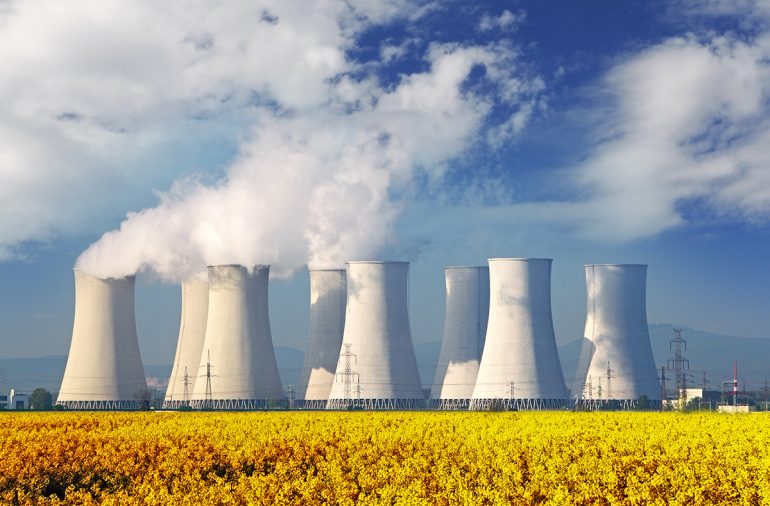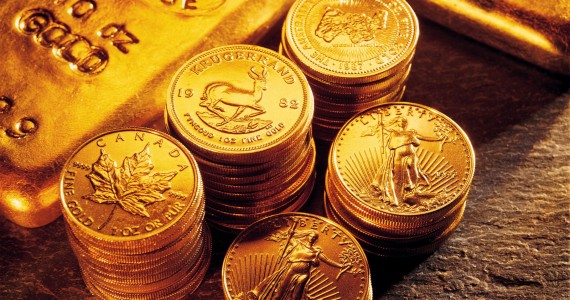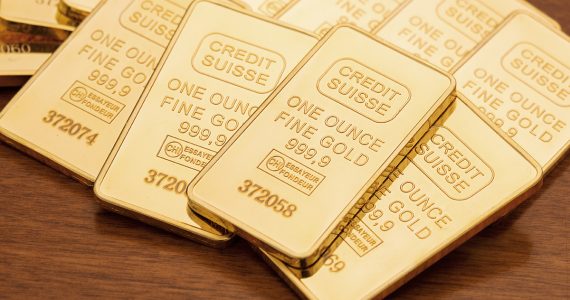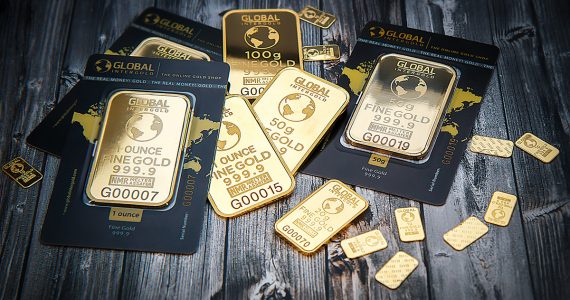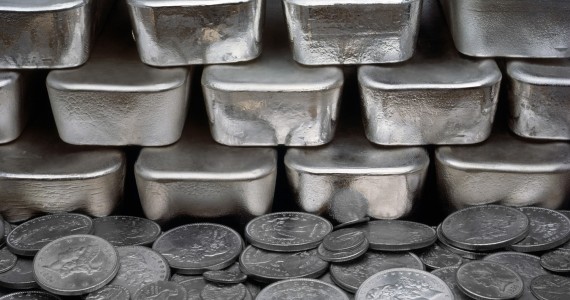Uranium, a very heavy metal commonly used for concentrated energy (i.e., nuclear energy) purposes, has been on a downward spiral, price-wise, for several years. But now that it has reached rock-bottom prices, the future demand equation will most likely push its prices significantly up. In fact, most uranium analysts predict doubled uranium prices by 2018.
General Consensus on Increased Prices
David Talbot, a uranium analyst of Dundee Capital Markets, has forecasted a 6% compound annual demand growth until 2020 – a figure that can jumpstart uranium prices beyond their 2007 levels. Davin Wang, an analyst from Morningstar, asserted that prices for the heavy metal will double within the next 2 years.
Even Mining Weekly, one of the foremost mining industry publications, expects that the nuclear sector in general and uranium stocks in particular will consider 2017-2020 as a landmark period. This is partly because of the expansion of the nuclear reactor fleet operations worldwide.
Paul D. Gray, the President and CEO of Zadar Ventures, Ltd., has asserted that uranium is such a fundamentally necessary natural resource that carries such a negative sentiment. In turn, the negative sentiment surrounding uranium has resulted in ignoring the fundamentals of its supply and demand.
Fortunately, the toxicity levels of uranium have dissipated while nuclear energy is increasingly being perceived as a cleaner power source, especially with the introduction of next-generation safeguards. In 2016 and beyond, the fundamentals of supply and demand will again rule the trading day, thus, making the current year as the heavy metal’s key year.
The bottom line: Investors will find that uranium has, once again, become a natural resource with high returns on investment.
Changing Sentiments
While the negative sentiments about uranium started with the Chernobyl incident, which still haunts the world today, these were largely reinforced in Japan after the 2011 Fukushima disaster. The near-disaster Fukushima breakdown created an unreasonable disconnect between uranium fundamentals and public sentiment. The result: Plunging prices on an otherwise valuable natural resource.
With the Fukushima incident eventually becoming a memory, the world has increased its focus on uranium’s brilliant fundamentals that have always been there despite the negative sentiment. Japan’s fast response in bringing back its reactors to full operations – four are now online – has contributed to the changing sentiment for the better.
Furthermore, despite the Fukushima incident, many of the world’s nations are actually building more nuclear reactors than ever before. According to the latest reports, there are 65 reactors in progress with 165 more planned and 331 being proposed for construction. In Asia, according to Bloomberg, the new reactors being developed are valued at approximately $800 million.
Of course, all of these nuclear reactors require significant amounts of uranium. Currently, existing nuclear reactors require 174 million pounds of the very heavy metal annually – and the usage will increase by at least one-fifth of current levels with the new in-progress reactors.
In the meantime, the producers have set limits on their expansion and reduced their outputs because of the dwindling market prices. This has resulted in dwindling supplies, too.
This will likely change soon as nations are increasingly recognizing nuclear energy as the cleaner, greener and cheaper power source. When climate change fears are added to the equation, the general public’s perception of uranium will be transformed – and uranium prices will be doubled, as predicted by analysts.
Billionaire Investors Weighing In, Too
Billionaire investors are also betting on uranium’s increasing profitability with most of them betting that it is on the verge of a price break-out.
Li Kashing, a Hong Kong billionaire investor, has said that he plans to purchase $60 million in convertible bonds in uranium projects by NexGen Energy in Saskatchewan, Canada. He plans to do so via his CK Hutchinson Holdings and CEF holdings.
Leigh Curyer, NexGen Energy’s CEO, has indicated that the uranium fundamentals show that there will be a considerable demand and supply gap even, despite the low current spot prices – and investors putting their money on uranium are making their calls based on it. The company has scheduled its production starting in the 2020s.
Li’s uranium investment is also near Zadar Venture Ltd.’s four projects in Saskatchewan; Zadar has one uranium operation in Alberta. Zadar Venture will obviously benefit from the renewed, even increased, focus on uranium especially with the multimillion-dollar stakes in the industry.
D.E. Shaw, a billionaire investor, has also announced his acquisition of 1.4 million Cameco shares. He is also expecting substantial increases in uranium prices brought by the growing demand amidst tightening supplies. He has joined the ranks of several other well-known wealthy investors including George Soros, Ray Dalio, Steve Cohen, and Ken Griffin.
Even Bill Gates has joined the uranium industry through TerraPower. He is in the development process for a Fourth Generation nuclear reactor designed to operate on depleted uranium instead of enriched uranium.
Indeed, 2016 appears to the Year of the Uranium. Even as the market sleeps, the big-time investors are poised to benefit when it awakens from its slumber.

